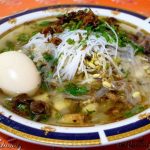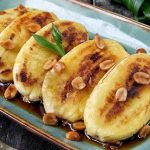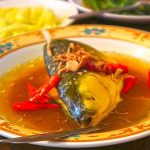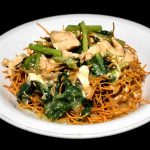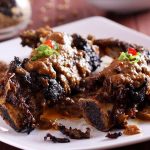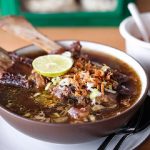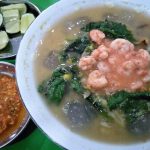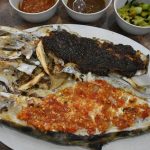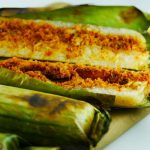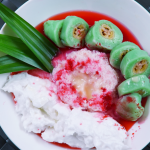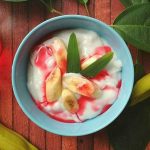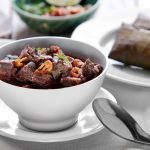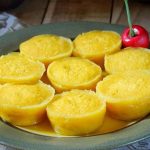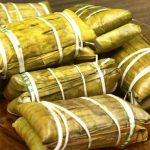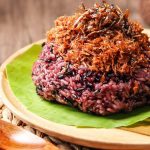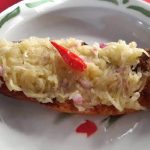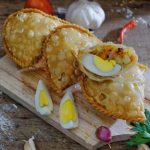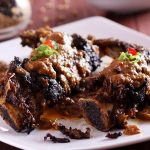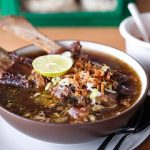Makassar
Makassar
Eja pi nikana doang - A person is known for his work and deeds
 Lifestyle
Lifestyle
The main source of income of the Makassar is rice farming; however, they are also famous throughout Indonesia for their skill in trading and as fishermen.
Labor division is strict because of the rigid separation of the sexes, as in all traditional Muslim communities. Men are engaged in matters outside the house such as farming, fishing, etc. Women are usually responsible for the household duties, while the man is the head of the family.
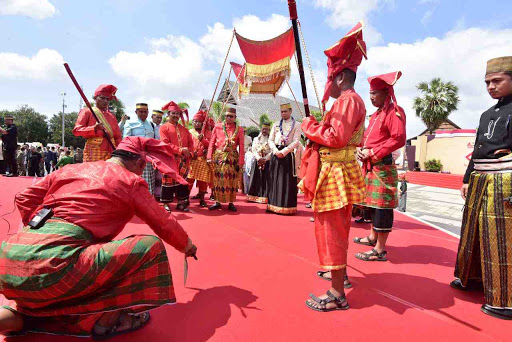 While they are in public, respect should be shown to him by the wife and children. Usually the final decisions concerning the family are made by the husband. In rural areas, arranged marriage is still widely practiced.
While they are in public, respect should be shown to him by the wife and children. Usually the final decisions concerning the family are made by the husband. In rural areas, arranged marriage is still widely practiced.
Polygamy is accepted by the Makassar people, but, since a separate house must be provided for each wife, it is only practiced among the wealthy people.
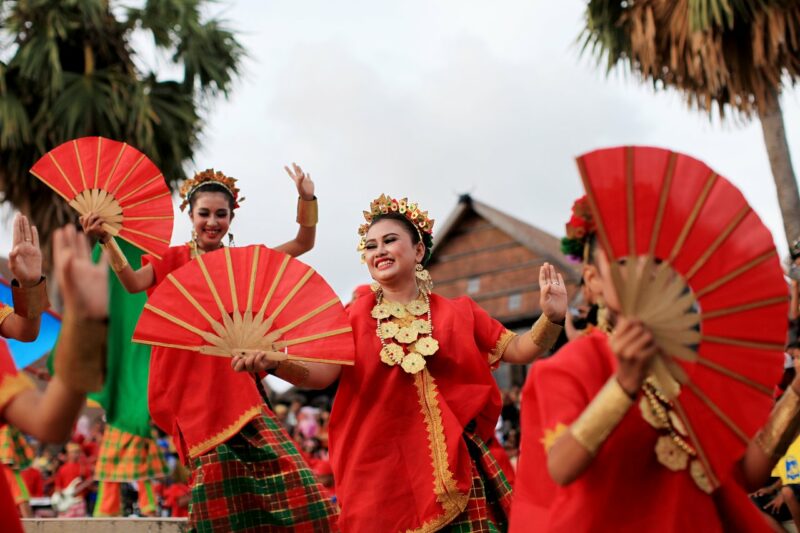 Siri (respect and honor) is the social code by which the Makassar live. Anyone seriously offending another person’s siri carries the risk of being killed, in which case authorities often refuse to intervene. The Makassar often help their neighbors in matters such as working in the rice fields and building houses.
Siri (respect and honor) is the social code by which the Makassar live. Anyone seriously offending another person’s siri carries the risk of being killed, in which case authorities often refuse to intervene. The Makassar often help their neighbors in matters such as working in the rice fields and building houses.
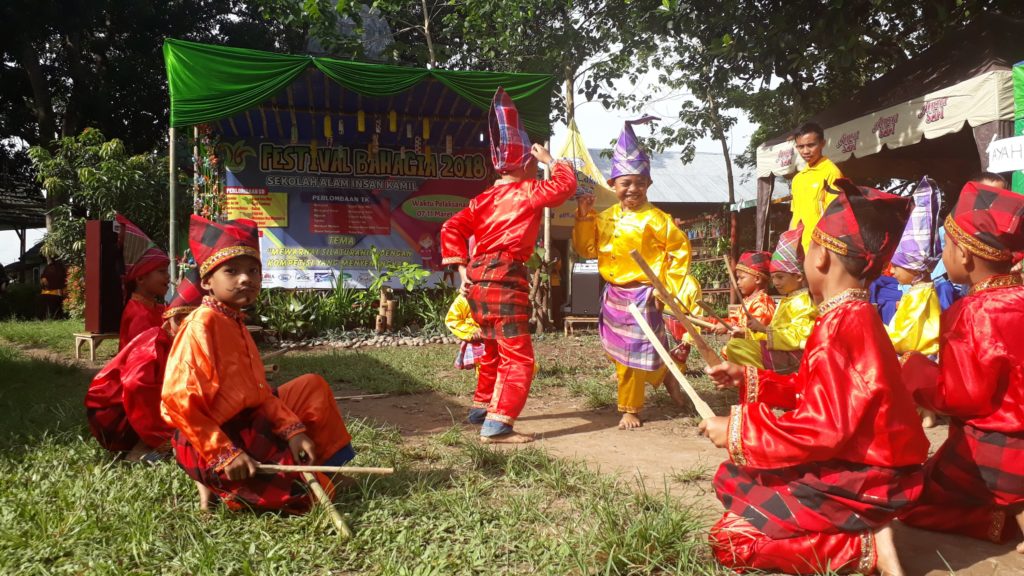 Makassarese language
Makassarese language
The Makassarese language, also referred to as Basa Mangkasara (ISO code: mak), is the language spoken by the Makassar people. This language is classified as part of Makassaric branch of the South Sulawesi subgroup which in turn is part of the Malayo-Polynesian branch of the Austronesian language family.
 Makassar Malay language
Makassar Malay language
Commonly known as “Logat Makassar” (Makassar Dialect; ISO code: mfp) is a creole of Malay. This language is used as the language of commerce in the port of Makassar, South Sulawesi. The number of speakers is reached 1.889 million inhabitants in 2000 and an estimated number of speakers of these languages continue to grow until it reaches ± 3.5 million inhabitants.
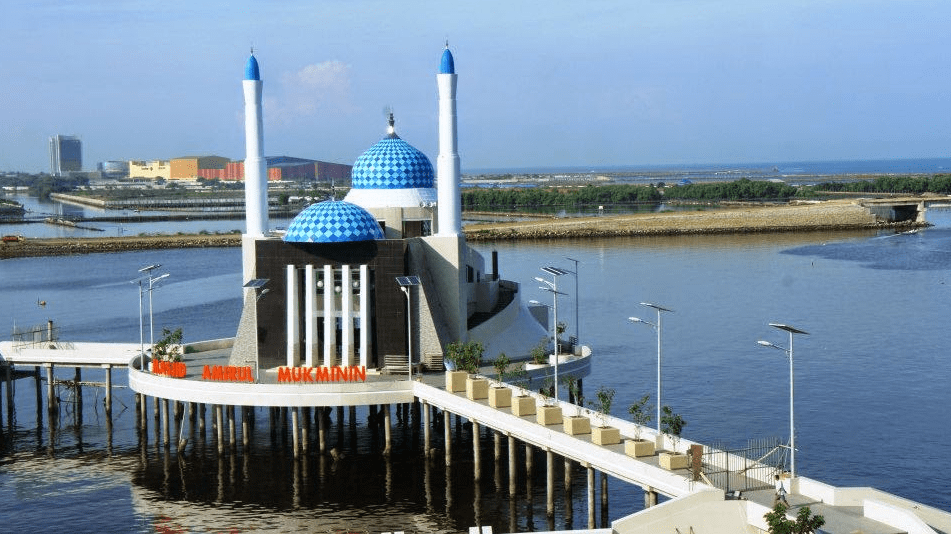 The language is mostly used by Immigrants from outside the city of Makassar, Makassar City Population, Youth Makassar, or people who are not proficient in Makassarese. This language is spoken along the South Peninsula region of Sulawesi.
The language is mostly used by Immigrants from outside the city of Makassar, Makassar City Population, Youth Makassar, or people who are not proficient in Makassarese. This language is spoken along the South Peninsula region of Sulawesi.
Religion
Islam was present in the region probably since the 15th century but the Makassar themselves began converting to Islam in the early 17th century. Presently, the Makassar are almost all Muslim, but some traditional pre-Islamic beliefs are still influential, especially in the remote areas.
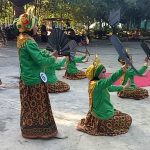
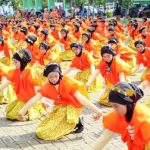
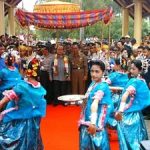
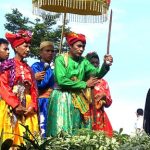
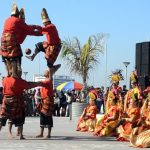
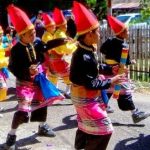

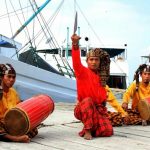
 Traditional attire
Traditional attire
Baju bodo (lit. ‘short blouse’ in Makassarese) is a traditional upper garment of Makassarese women. The baju bodo has a rectangular shape, and is usually short-sleeved, i.e. half above the elbow. According to Makassar custom, the color of the baju bodo indicates the age or the dignity of the wearer.
 It is often used for ceremonies such as wedding ceremonies. But now, baju bodo is revitalized through other events such as dance competitions or guest welcome receptions.
It is often used for ceremonies such as wedding ceremonies. But now, baju bodo is revitalized through other events such as dance competitions or guest welcome receptions.
Differences between the Makassar people and the Buginese
There is a common perception that the Makassar people are identical and ethnically cognate to the Buginese people, and that the term Buginese and Makassar are terms that are coined by the Dutch colonials to create a division among them.
All potentials were lost once the Sultanate of Makassar fell to the Dutch colonial, since these people were notoriously rebellious against the Dutch colonials. Wherever these people encounter the Dutch colonials, conflicts are bound to happen.
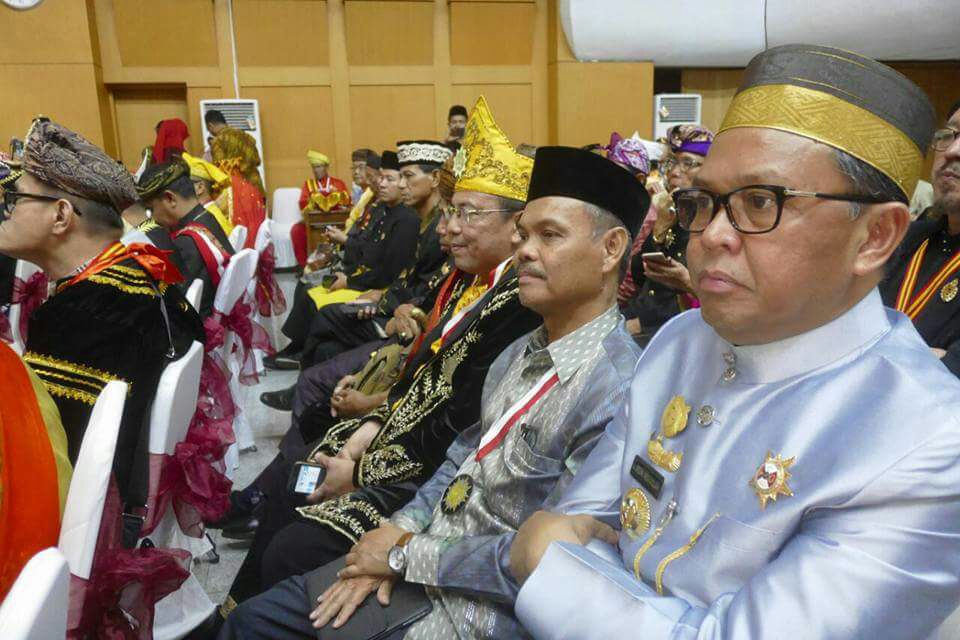 Several notable figures centered in Gowa Regency that refused to surrender like Karaeng Galesong, migrated to Central Java. Along with his powerful naval fleet, they would engage in war against any Dutch vassals that they would encounter. Hence, the Dutch colonials at that time under Cornelis Speelman calls him the Si-Bajak-Laut, meaning “the pirate”.
Several notable figures centered in Gowa Regency that refused to surrender like Karaeng Galesong, migrated to Central Java. Along with his powerful naval fleet, they would engage in war against any Dutch vassals that they would encounter. Hence, the Dutch colonials at that time under Cornelis Speelman calls him the Si-Bajak-Laut, meaning “the pirate”.
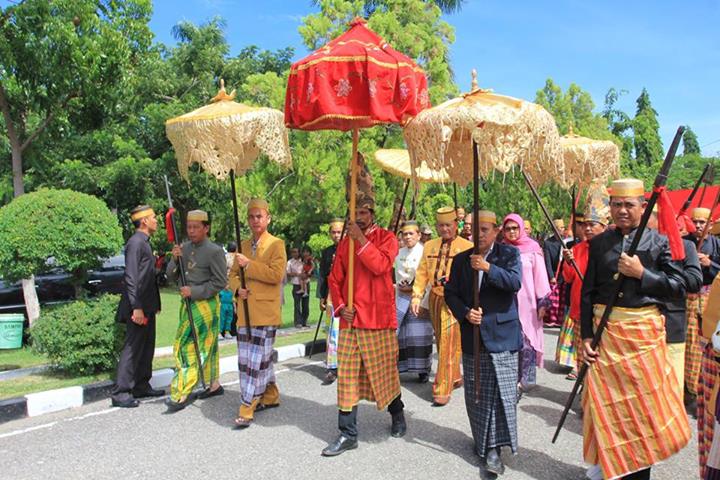 In linguistic terms, Makassarese and Buginese are distinct languages, even though both of these languages belong to the South Sulawesi group within the Malayo-Polynesian languages branch of the Austronesian languages.
In linguistic terms, Makassarese and Buginese are distinct languages, even though both of these languages belong to the South Sulawesi group within the Malayo-Polynesian languages branch of the Austronesian languages.
In this category, the Makassarese language is under same the sub-category as Bentong, Coastal and Highland Konjo and Selayar; while Buginese is under the same sub-category as Campalagian language and along with another 2 languages spoken in Kalimantan, Embaloh and Taman.
This differences between the Bugis and Makassar people are one of the characteristics that differentiate the two people group. The idea that the Buginese and Makassar people are ethnically cognate derives from the conquest of kingdoms such as Bone state and Wajo Kingdom by the Sultanate of Gowa.
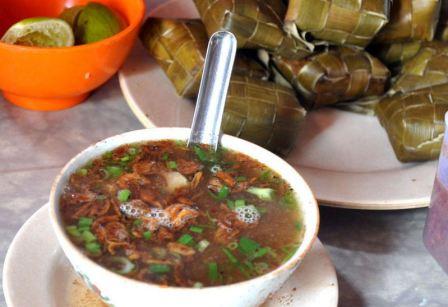 Cuisine
Cuisine
Makassarese cuisine is the cuisine of Makassarese people of Makassar in the South Sulawesi province of Indonesia. There are also many typical Makassar foods that have become iconic of the city and many have even been famous in almost all parts of Indonesia.
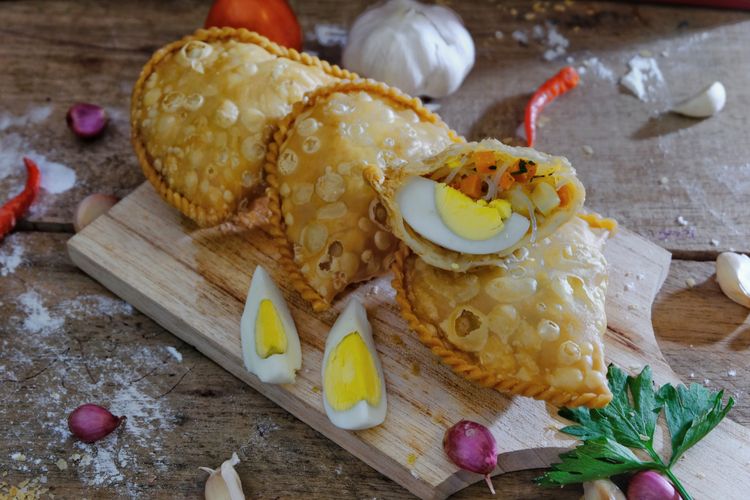 Makassar cuisine uses a blend of agrarian and maritime ingredients. On the west coast such as Makassar, Maros, Pangkep, there are coastal areas directly adjacent to the area of rice fields.
Makassar cuisine uses a blend of agrarian and maritime ingredients. On the west coast such as Makassar, Maros, Pangkep, there are coastal areas directly adjacent to the area of rice fields.
Agricultural areas are quite extensive in the Maros region and Pangkep. Rice and other crops such as bananas are abundant, almost all dishes–such as traditional cakes–are predominantly made from rice and banana.
Coastal areas of South Sulawesi are also becoming an important producer of fish, ponds scattered on the west coast with the results of bolu (milkfish), shrimps, sunu (grouper) and crabs. The tradition of fishing in coastal and high seas, is well-developed, among others tuna is caught.
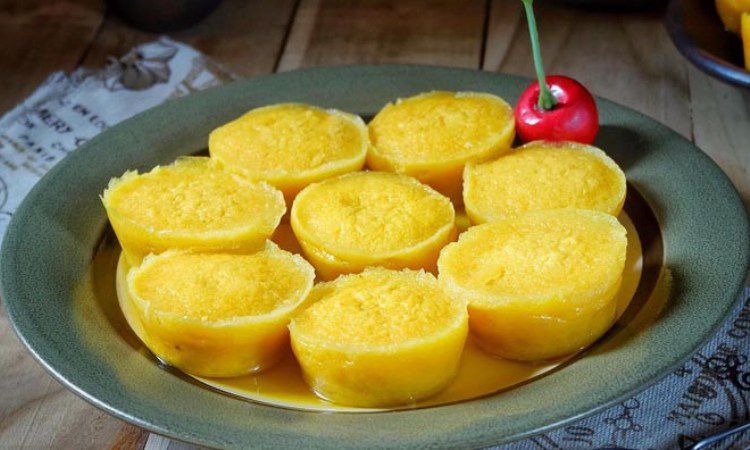 The “agrarian pattern” is found in Makassarese dishes which are made from beef or buffalo; prime example are: coto, konro, sop saudara, and pallubasa.
The “agrarian pattern” is found in Makassarese dishes which are made from beef or buffalo; prime example are: coto, konro, sop saudara, and pallubasa.
Because it is near the coast, abundant catches of fish mean that people predominantly eat fish. Unlike in other regions (e.g. Jawa), where fish is a side dish to rice, in South Sulawesi fish is the main dish, with rice as a side dish.
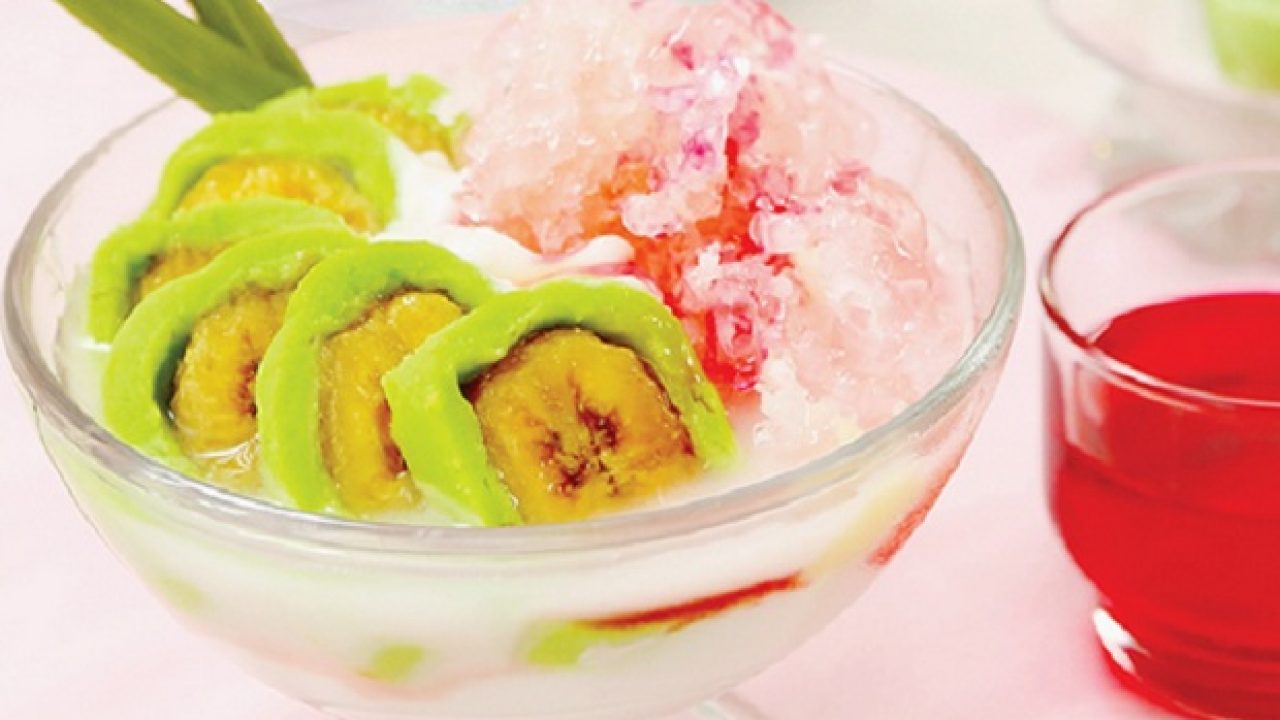 One of the most famous is Coto. This Coto Makassar has a broth which is a combination of a number of spices and ground peanuts that have been fried. The combination of 40 spices is cooked in a clay cauldron called korong butta.
One of the most famous is Coto. This Coto Makassar has a broth which is a combination of a number of spices and ground peanuts that have been fried. The combination of 40 spices is cooked in a clay cauldron called korong butta.
For those who like soup, there is Konro. This soup is usually made with beef or beef ribs. This food that has blackish brown sauce is usually eaten with burasa or diamond which is cut into pieces first.
Then there is the Pisan Epe snack, and for those who like to have a quick and full meal, there are Pisang Ijo and Palu Butung.
